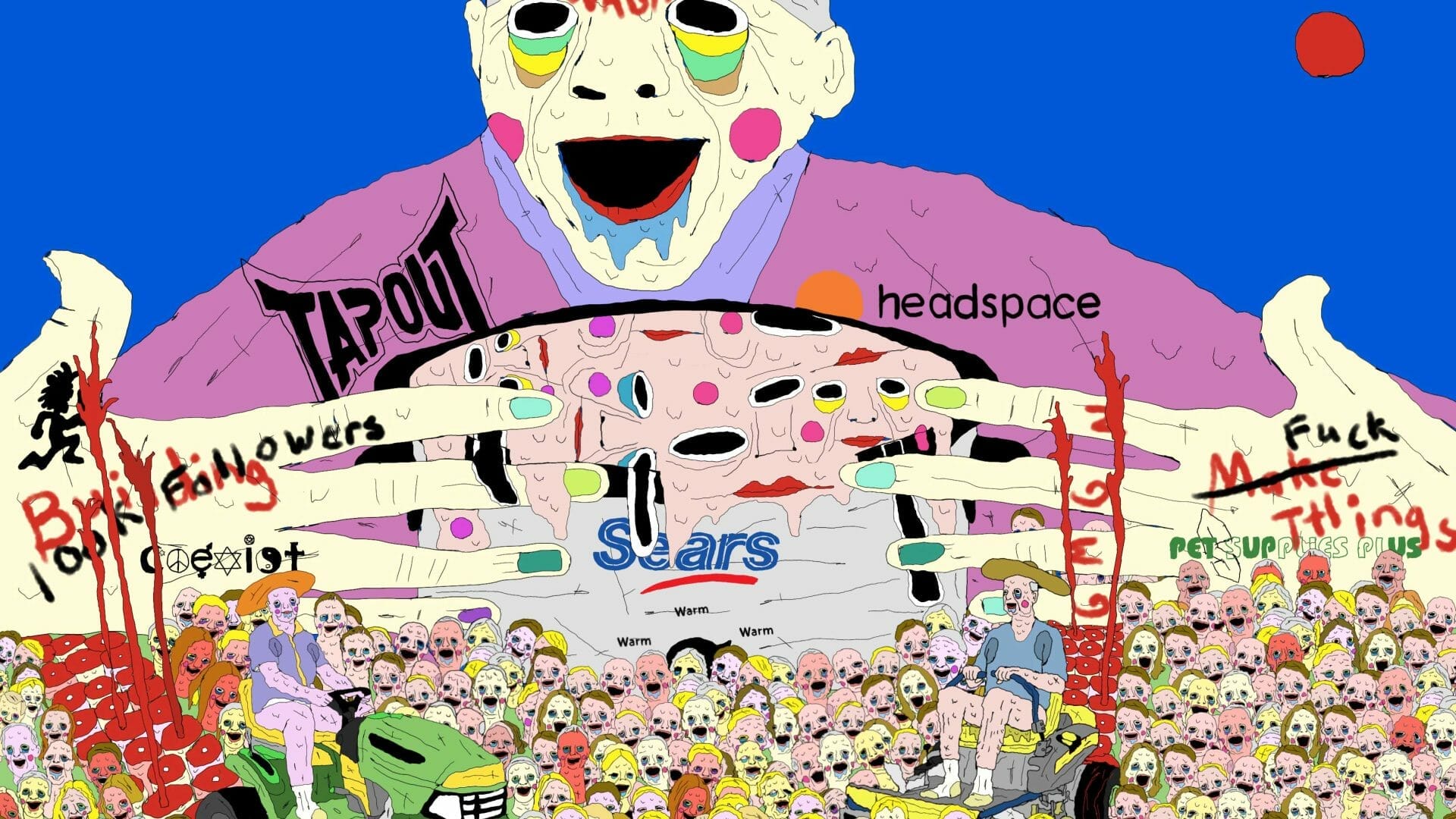
“The Gatherers” at MoMA PS1: Where the Superfluous Stares Back
“The Gatherers”, 24 April – 6 October 2025, MoMA PS1 (Long Island City, New York, USA), curated by Ruba Katrib
What remains when nothing is truly needed anymore? The question lingers around us as soon as we reach the third floor of MoMA PS1, wandering through the austere hallways of the former public school building, where voices are muffled, as if the walls had learned to hold secrets. “The world is built on what it discards,” we think, recalling Millet’s gleaners, those bent figures collecting what the harvest left behind. But today, we realize, the harvest never ends. Production is relentless, and what gets cast off accumulates beyond our view. The Gatherers forces us to confront that off-screen excess: it asks us to inhabit surplus not as observers, but as witnesses.
The exhibition space is expansive and layered, compelling us to slow down. Nothing is neutral. The lighting doesn’t soothe; the layout resists any smooth traversal. The works emerge like shipwrecks, or signals. Something speaks. Something holds us. Each room pulls us deeper into an inquiry that doesn’t offer resolution but scatters connections, between materials, gestures, and marginal forms of life.
Our first encounter, with the six sculptures by Ser Serpas, is physical, almost visceral. These are assemblages of objects scavenged from the streets that loom above us, asking questions without waiting for answers. We move among urban fragments, industrial leftovers, ambiguous forms that conjure broken playgrounds or body parts. The surfaces glint with a sad, sharp light. This is our dismantled everyday, laid bare, without nostalgia, without irony.
Then we reach the room dominated by Jean Katambayi Mukendi’s large-scale drawing, and the narrative expands. The city becomes an organism; waste becomes a conduit of energy. The subway door at the center of the piece isn’t just symbolic, it’s a hinge, a passage, a field of tension. Its pulsing lines seem to carry current. For a moment, we hear the trains, the scurrying rats, the echo of subterranean lives tangled with our own.
Tolia Astakhishvili’s dark days lies across the floor like a wounded animal: a soot-darkened chute still inhabited by overlooked objects. We peer inside and find traces, toys, keys, messages scrawled in dust. They speak of forgotten gestures, erased presences. Here, waste is emotional too, it gets under our skin.
Samuel Hindolo’s sparse painting, Golgenberg Hill, offers another kind of weight: the weight of history that refuses to pass, of power structures that pretend to crumble but remain wrapped like monuments awaiting judgment. His work is a quiet meditation, a mental space where the ghosts of authority nestle in the cracks of the present.
And then the films shift our sense of time. Emilija Škarnulytė’s Burial plunges us into nuclear deep time: the python moving through the abandoned control rooms is no metaphor, it is living matter slipping through folds of collective denial. Zhou Tao’s The Axis of Big Data makes us rethink the landscape as a mask. Behind the pastoral calm, a hidden machine hums, cooling servers, processing our digital compulsions. We are part of a system that consumes in silence and hides what it prefers not to see.
The Gatherers doesn’t offer exits. But it moves us, from center to periphery, from visibility to erasure, from indifference to responsibility. It reveals that to gather is not a passive act, but a form of care, radical, attentive, urgent.
As we leave the show, we’re overtaken by a sense of vertigo, not just from what we’ve seen, but from what we continue not to see. Perhaps the future isn’t built, it’s gathered, piece by piece, even from within the fissures of the present. And to begin, we must learn how to truly look.







fakewhale
Founded in 2021, Fakewhale advocates the digital art market's evolution. Viewing NFT technology as a container for art, and leveraging the expansive scope of digital culture, Fakewhale strives to shape a new ecosystem in which art and technology become the starting point, rather than the final destination.
You may also like
freezer burned sadness
He forgot everything that brought him joy before forgetting how to breathe. I guess he would have pr
BENASSI LIBERO! Aesthetic of Friction at Palazzo Ducale, Genova
“Today I feel free. I’ve freed myself from a certain kind of photography, but without bitter
Agustine Zeguers, Daniel Llaría, Leire Lacunza Miranda, Luis Lecea, Nazario Díaz Valerian Goalec, Resbalar (una cosa) at CEM Can Felipa, Barcelona
Resbalar (una cosa) by Agustine Zeguers, Daniel Llaría, Leire Lacunza Miranda, Luis Lecea, and Naza




